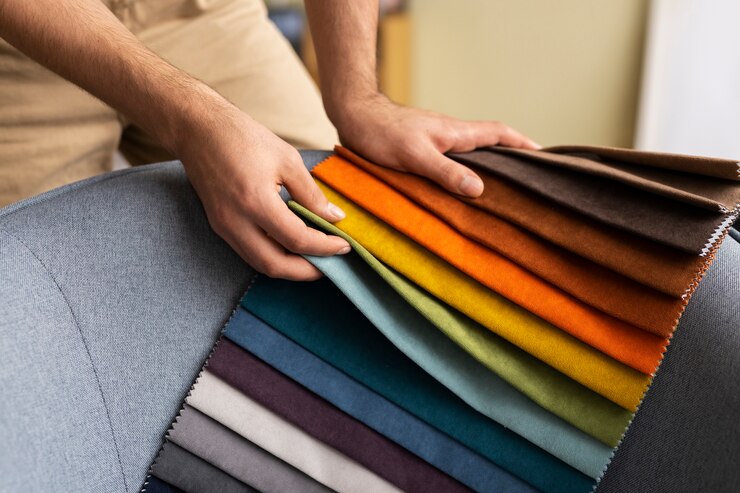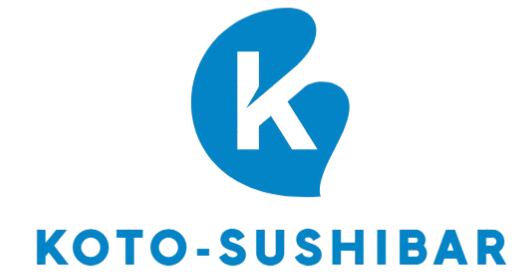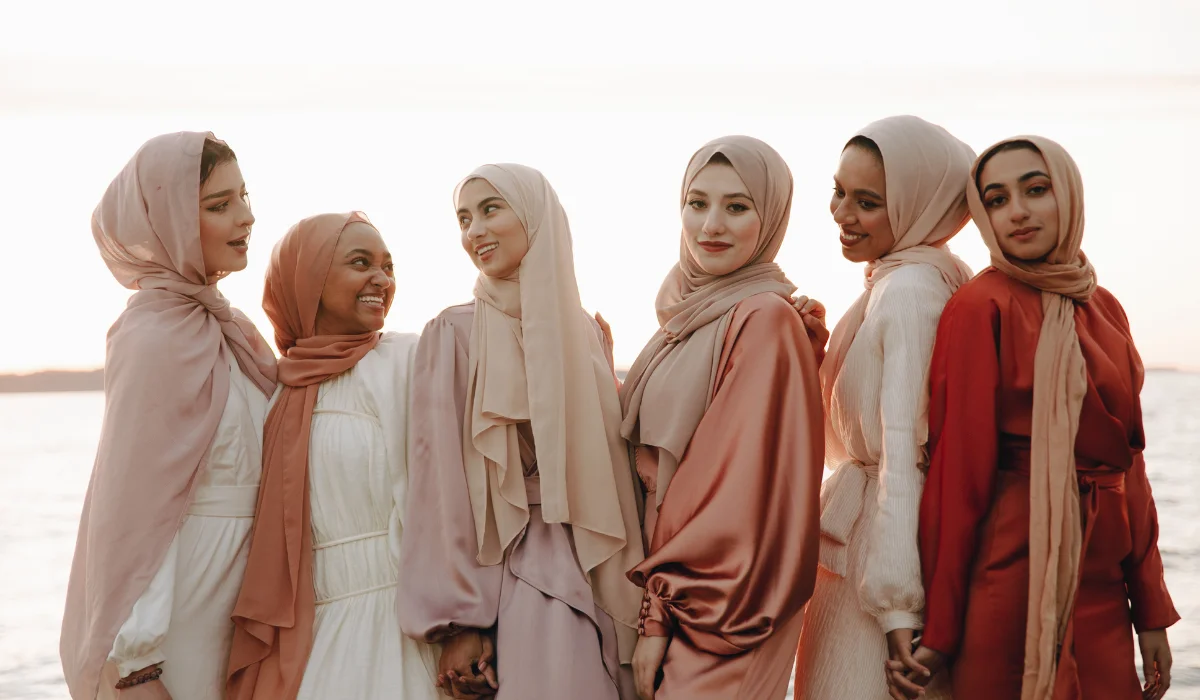In recent years, the world of modest fashion has seen a remarkable “Hijabhoojup” evolution. The hijab, a symbol of faith and modesty, has transcended beyond its religious significance to become a powerful statement of style and identity. As more fashion-conscious women explore different ways to express themselves, the choice between contemporary styles like the Hijabhoojup and the classic traditional hijab has become more pronounced. This article delves deep into Hijabhoojup vs. Traditional Hijab to explore the differences, trends, and the cultural significance behind these choices.
What is the Hijabhoojup?
The Hijabhoojup is a modern twist on the traditional hijab, designed to cater to the contemporary needs of fashion-savvy Muslim women. This style is characterized by its easy-to-wear design and the incorporation of trendy elements such as vibrant colors, bold patterns, and innovative materials. Unlike the traditional hijab, which often requires pinning and meticulous draping, the Hijabhoojup offers a slip-on feature, making it a popular choice for women on the go.
The Appeal of Traditional Hijab
On the other side of the spectrum, the traditional hijab holds a timeless appeal. Rooted in history and cultural practices, the traditional hijab is typically made from modest fabrics in solid, neutral colors. This style is synonymous with elegance and simplicity, often chosen by women who prefer a classic look that respects the traditional values associated with wearing a hijab. The traditional hijab can be styled in numerous ways, allowing for personalization while maintaining its modest essence.
Differences in Materials and Fabric

When comparing Hijabhoojup vs. Traditional Hijab, one of the most noticeable differences is the choice of materials. The Hijabhoojup often incorporates modern fabrics such as jersey, lycra, or even lightweight chiffon to provide comfort, stretch, and a sleek look. These materials cater to a dynamic lifestyle, providing ease of movement and a breathable feel.
In contrast, the traditional hijab typically employs natural fibers like cotton , silk, or wool. These materials are chosen not only for their modesty but also for their durability and cultural significance. Cotton, for example, is breathable and ideal for warm climates, while silk adds a touch of luxury suitable for formal occasions.
Style and Versatility: A Comparative Look
The Hijabhoojup is renowned for its versatility. It is designed to suit various face shapes and styles, often pre-stitched or ready-made to offer a perfect fit without the need for extra accessories like pins or brooches. This convenience is a major draw for many young women who prefer a stylish yet hassle-free option. Furthermore, the Hijabhoojup often features unique embellishments, like sequins, beads, or embroidery, allowing it to be dressed up or down according to the occasion.
The traditional hijab, meanwhile, shines in its versatility as well, albeit in a different manner. The fabric is typically a simple rectangular or square piece, which can be styled in countless ways – wrapped, draped, or pinned in various configurations. This allows the wearer to adapt the style to her preferences, cultural practices, or even her mood on a particular day. While it may require more effort to style, the traditional hijab offers endless possibilities for personalization.
Cultural Significance and Symbolism
The hijab, in all its forms, is much more than a fashion accessory; it is a deeply rooted cultural and religious symbol. The Hijabhoojup represents a modern interpretation of modesty, catering to a younger generation of Muslim women who wish to balance their faith with their desire to stay fashionable. This style reflects the evolving nature of Islamic fashion, which embraces both tradition and innovation.
Conversely, the traditional hijab continues to hold profound significance. It represents a commitment to Islamic principles and cultural heritage. For many women, wearing a traditional hijab is an act of devotion and a way to connect with their roots. The simplicity and modesty of this style resonate deeply with those who view the hijab as more than just a covering but a way of life.
Comfort and Practicality: Which One Wins?
Comfort is a significant factor when choosing between Hijabhoojup vs. Traditional Hijab. The Hijabhoojup, with its ready-to-wear design, offers unmatched convenience. It eliminates the need for constant adjustment throughout the day, making it a practical choice for active women, professionals, and students. The lightweight, stretchable materials used in the Hijabhoojup also add to its comfort, especially during hot weather.
The traditional hijab, while it may require more effort to style, provides comfort in its own right. The choice of natural fabrics such as cotton and wool ensures breathability and warmth, catering to different climates and preferences. For many, the ritual of wrapping and pinning the traditional hijab is also a comforting daily routine, allowing for a moment of mindfulness and reflection.
Trends in Modern Islamic Fashion
The debate of Hijabhoojup vs. Traditional Hijab is part of a larger trend in Islamic fashion. Designers and influencers around the world are redefining what modest fashion looks like, blending cultural heritage with modern aesthetics. The Hijabhoojup is a testament to this evolution, showcasing how modernity and tradition can coexist harmoniously.
In contrast, the continued popularity of the traditional hijab speaks to its timeless appeal. Even in the face of changing fashion trends, the traditional hijab remains a staple in the wardrobes of many Muslim women, a constant amidst the ever-changing tides of style.
Personal Preferences and Lifestyle Choices
Ultimately, the choice between Hijabhoojup vs. Traditional Hijab boils down to personal preference and lifestyle. The Hijabhoojup is ideal for women who lead a fast-paced lifestyle and prefer a stylish, low-maintenance option. Its innovative designs cater to those who enjoy experimenting with their look while staying true to the principles of modesty.
On the other hand, the traditional hijab appeals to women who value cultural authenticity and simplicity. For those who view the hijab as a deeply spiritual practice, the traditional style offers a tangible connection to their faith and community.
Choosing the Right Hijab for Different Occasions
Different occasions call for different styles, and this is where the Hijabhoojup vs. Traditional Hijab debate truly comes to life. The Hijabhoojup, with its trendy designs and ease of wear, is perfect for casual outings, work, or even sports activities. Its modern twist allows it to blend seamlessly with contemporary fashion while maintaining modesty.
The traditional hijab, however, remains a popular choice for formal events, religious gatherings, or occasions where a more classic look is desired. The ability to style the traditional hijab in various elegant ways makes it suitable for weddings, Eid celebrations, and other significant events.
Integrating Modern Styles with Traditional Values
As the world of fashion continues to evolve, so too does the interpretation of modest fashion. The Hijabhoojup vs. Traditional Hijab discussion is a reflection of the dynamic nature of fashion within the Muslim community. It showcases a desire to innovate while remaining connected to cultural and religious roots.
By embracing both modern and traditional styles, Muslim women today have the freedom to express themselves in ways that align with their values and lifestyles. Whether it’s the ease and trendiness of the Hijabhoojup or the timeless elegance of the traditional hijab, both styles offer a unique way to celebrate modesty.
The Future of Modest Fashion: Trends to Watch
Looking forward, the future of modest fashion appears vibrant and diverse. The Hijabhoojup is likely to continue evolving, with designers experimenting with new fabrics, colors, and styles to keep up with fashion trends. Meanwhile, the traditional hijab will remain a cornerstone of modest fashion, a symbol of heritage and timeless elegance.
As more Muslim women assert their presence in the fashion world, we can expect to see a continued blending of modernity and tradition, creating new styles that cater to diverse tastes and needs. The Hijabhoojup vs. Traditional Hijab debate will likely remain relevant, highlighting the ongoing dialogue between contemporary trends and cultural values.
Conclusion
In the end, the choice between Hijabhoojup vs. Traditional Hijab reflects a balance between modern fashion sensibilities and traditional values. Both styles have their unique charm and purpose, catering to the diverse needs of Muslim women worldwide. Whether one prefers the trendy, easy-to-wear Hijabhoojup or the classic, versatile traditional hijab, both styles serve as beautiful expressions of modesty and faith. As fashion continues to evolve, so too will the ways in which these styles are interpreted and embraced, showcasing the rich tapestry of modern Islamic fashion.
FAQs
What is the Hijabhoojup?
The Hijabhoojup is a modern, easy-to-wear version of the traditional hijab. It often features vibrant colors, bold patterns, and innovative fabrics, providing a stylish option for Muslim women who prefer a trendy yet modest look.
How does the traditional hijab differ from the Hijabhoojup?
The traditional hijab is typically made from natural fabrics like cotton or silk and requires pinning and draping. It is known for its classic, elegant appearance, whereas the Hijabhoojup is more contemporary, often pre-stitched and easier to wear.
Which is more comfortable, Hijabhoojup or traditional hijab?
Comfort depends on personal preference and lifestyle. The Hijabhoojup is often seen as more convenient and comfortable for active women due to its lightweight, stretchy materials. The traditional hijab, however, offers comfort through natural, breathable fabrics and provides a different kind of ease for those who enjoy the ritual of styling it.
Can the Hijabhoojup be worn for formal occasions?
Yes, the Hijabhoojup can be styled for formal occasions, especially if it features elegant fabrics or embellishments. However, many still prefer the traditional hijab for more formal events due to its timeless and sophisticated appearance.
Why do some women prefer the traditional hijab over the Hijabhoojup?
Some women prefer the traditional hijab because of its cultural significance and the ability to style it in various ways. It offers a classic, modest look that aligns with their personal and religious values.
Is the Hijabhoojup suitable for all face shapes?
Yes, the Hijabhoojup is designed to be versatile and can suit various face shapes. Its ready-made design and stretchable fabrics ensure a good fit for most women.

